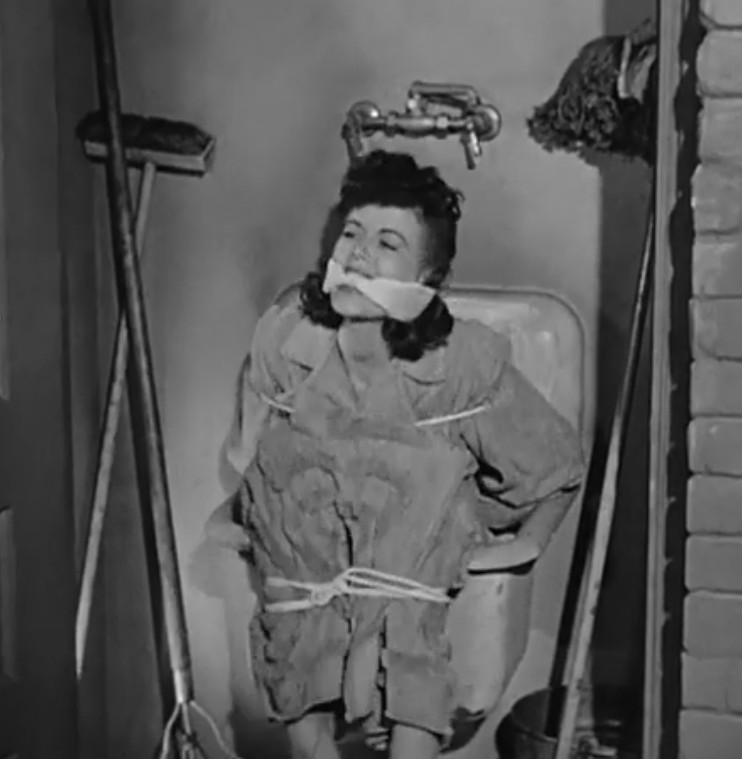“The Diet,” an episode of 1950s sitcom I Love Lucy, features protagonist Lucy Ricardo’s desperate attempt to lose weight in order to gain the supporting role in her husband Ricky Ricardo’s show, a role she takes in the end by locking the woman who is initially cast in a closet. Like many small players or extras, the woman Lucy locks in a closet is nameless and has few lines; however, by foiling Lucy, her role is significant and represents how minor characters help deepen and develop the narrative in film and literature. The woman shown locked in a closet at the end of the episode makes her first appearance at Ricky’s audition where she is seen interacting cordially with the other women, not including Lucy. William Straw talks about the “stereotypication” (Straw 79) of minor characters in the introduction of the “Small Parts, Small Players” dossier, which can be attributed to these women. Their role as stereotypical mean girls adds cultural relevance to the divide between them and Lucy because their clichéd characterization is definable and easy for the audience to recognize. The woman’s appearance foils Lucy’s, in costume and in body language. Unlike Lucy’s more conservative attire, this woman is seen wearing short shorts and a top that shows her midriff. The difference in clothing alienates Lucy, leaving her to try altering her own clothing to fit in. The woman is seen with her legs crossed and with a hand on her hip, exuding a sense of arrogance. With few insulting lines towards Lucy and a judgemental gaze, the personality of this minor character is hyperbolized to further characterize Lucy. As stated by Straw, “we may see the details of secondary performances as devices through which attention is redistributed…away from the star face and towards extremities of bodies…or sharp-edged personalities of the bit player” (80). Her role as a minor character is impactful and changes the viewer’s attention from the protagonist to add depth and meaning to, not only the scene, but the episode as a whole. This minor character physically alienates Lucy by pushing her out of the scene, allowing viewers to visualize and conceptualize Lucy’s discomfort which intensifies her motivation to get the role. After Lucy loses the weight necessary and joins Ricardo in his performance, the woman from the audition is revealed tied up and locked in a closet, showing how Lucy ends up taking the role in the end. Her appearance in the last few seconds of the episode acts as a conclusion to the antagonistic relationship between her as a minor character and the protagonist. Considering her brief appearance is during an audition where she was not only in competition with Lucy, but seemingly in a position of power, her final appearance of being restrained and locked in a closet after being given the role represents a change in the power dynamic between the stereotypical mean girl and the protagonist. The woman locked in the closet personifies Lucy’s triumph because of how she is initially characterized and how Lucy wins in the end.
Works Cited
“The Diet.” I Love Lucy, season 3, episode 1, CBS, 29 Oct. 1951. Thompson Rivers University, https://media.tru.ca/media/I+Love+Lucy/0_yx7eowwd/101307
Straw, Will. “The Small Parts, Small Players Dossier: Introduction.” Screen, vol. 52, issue 1, 1 March 2011, pp. 78-81, https://doi.org/10.1093/screen/hjq057.

Provide Feedback